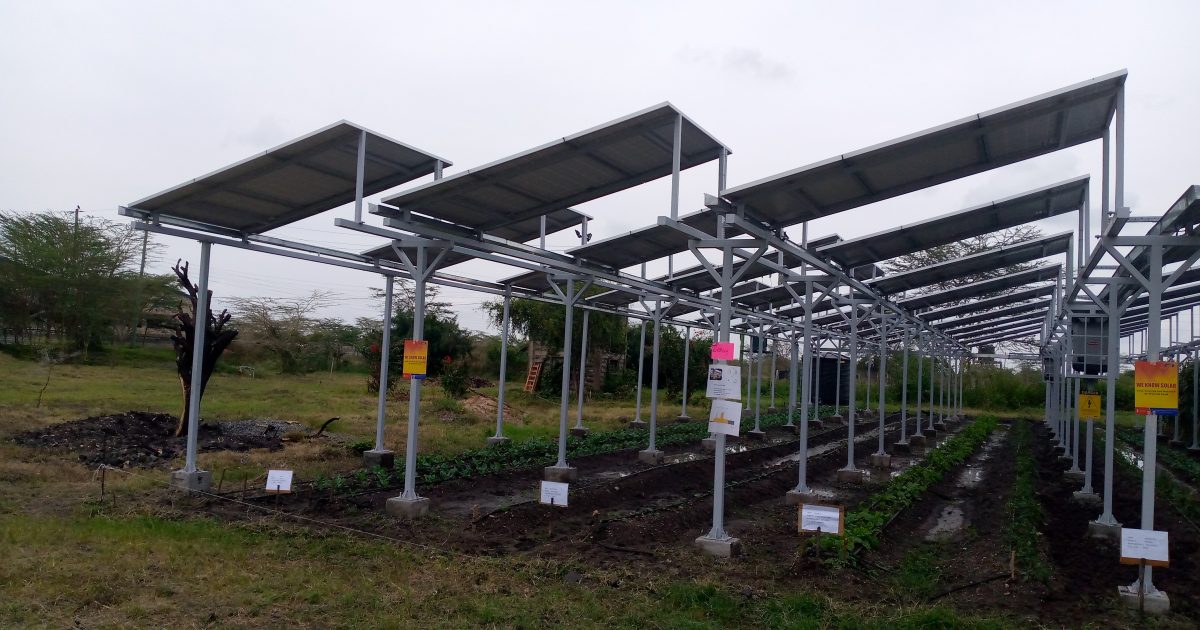The County Government of Nakuru is crafting public-private partnerships, to promote uptake of solar energy for both industrial and domestic use, in a move aimed at combating carbon emissions, fostering environmental conservation and fighting against effects of climate change.
Governor Susan Kihika said her Administration was keen to double utilisation of solar energy to help accelerate the County’s shift to renewable energy, adding that the County is applying good energy management practises by installing solar panels on boreholes and street lights as part of the County’s journey towards cutting greenhouse gas emissions to as close to zero as possible.
Ms. Kihika indicated that with the intensifying effects of climate change such as floods, heat waves, droughts, and forest fires, it was not business as usual as priorities shifted towards sustainable and environmentally responsible projects and operations.
The Governor underscored the importance of clean energy, saying that the world needed to win the war against climate change to ensure clean energy, which she noted was critical in economic growth of any given country.
Kihika said that Kenya was among countries that rely heavily on renewable energy sources, adding that it was high time that counties started investing more in solar, wind and geothermal energy, all of which were at their disposal.
Speaking after chairing a Cabinet meeting that deliberated on various policy proposals aimed at boosting the County’s economic growth, Ms Kihika noted that increased adoption of solar equipment and solutions could also help reduce operational costs for businesses and protect the environment.
“Sustainability and inexhaustible characteristics of solar energy have made it affordable and reliable for businesses and households,” she added.
Consequently, the Governor advised small-scale farmers to exploit the full potential of solar energy given its advantages over some of the more exploited energy sources, saying that despite the high initial costs of installation and power storage, solar energy had low maintenance costs and was cheaper in the long run.
Governor Kihika pointed out that with its prime location on the equator, Kenya has more potential for solar than any other renewable electricity source: eight times as much as geothermal and 13 times as much as hydro.
To maximise the potential of solar, she disclosed, her Administration would support strategies for all sectors towards installing solar panels on household rooftops, industrial and commercial premises, large-scale solar farms, and mini-grids.
“The options for solar are limitless as technology takes-off in a huge way worldwide. Indeed, solar is gradually becoming the ‘king’ of electricity. Solar power is emerging as a source of cheap energy in Kenya’s push for alternative energy sources,” added the Governor.
According to statistics from the Ministry of Energy, Kenya produced 19.7 percent of its electricity from wind and solar, with the majority from wind and 6.41 percent from solar.
From 2018 to 2022, solar capacity tripled, whereas wind capacity rose by just 30 percent, according to the International Renewable Energy Agency (IRENA).
President Dr William Ruto has pledged to reach the milestone of 100 percent renewable electricity by 2030.
A Ministry of Energy draft white paper is making an even bolder proposition to build economic growth around renewable electricity, proposing to increase renewable capacity from 3 gigawatts to 100 gigawatts in 18 years.
The International Energy Association (IEA) has forecast that solar could be the top source of electricity by 2050. It is further projected that by 2050, investment in urban climate interventions in major cities in Ethiopia, Kenya and South Africa could deliver Sh26.568 trillion, Sh15.498 trillion and Sh77.49 trillion in benefits, respectively, equivalent to 250 percent of annual GDP (2020) in Ethiopia, 150 percent in Kenya and 200 percent in South Africa.
To achieve this, new investment in urban climate interventions is also expected to generate significant wider economic benefits, including additional employment compared to traditional fossil fuel energy consumption, resulting in an average of 210,000 net new jobs in Ethiopia, 98,000 in Kenya and 120,000 in South Africa by 2050.
By Esther Mwangi




